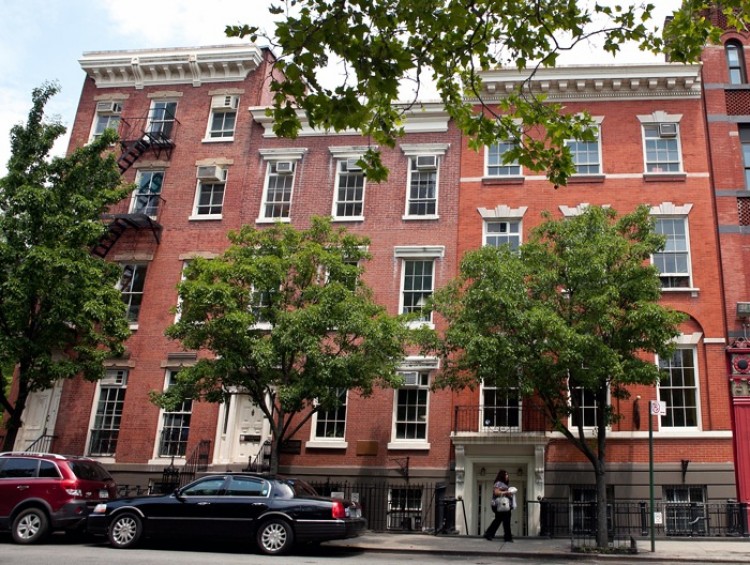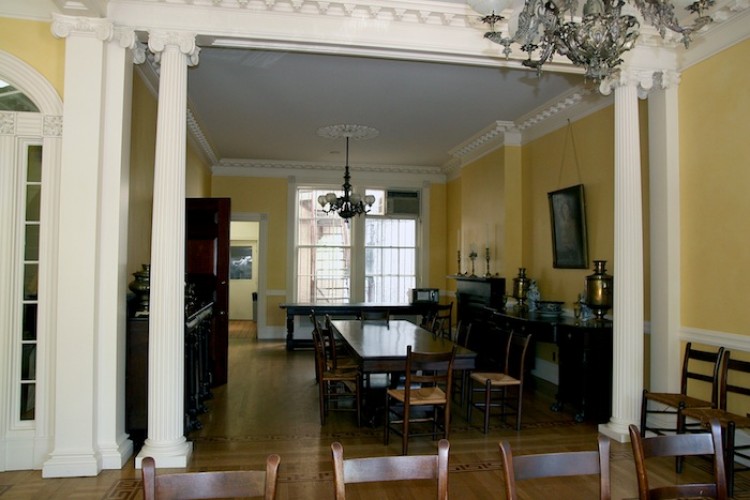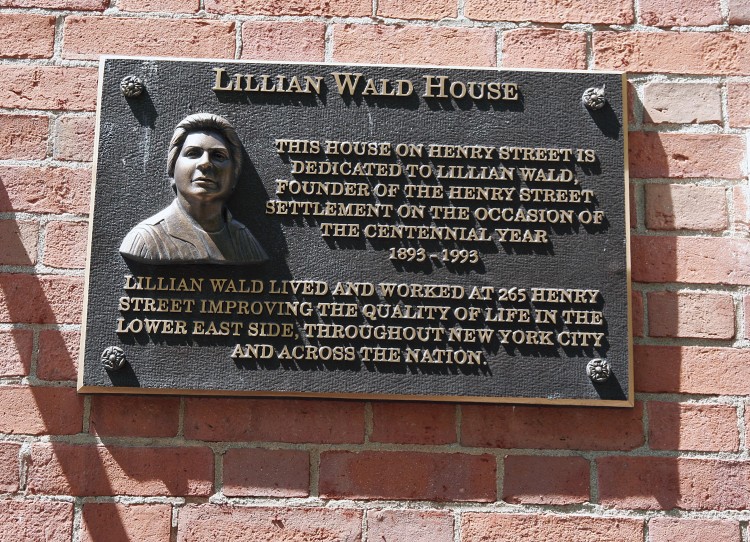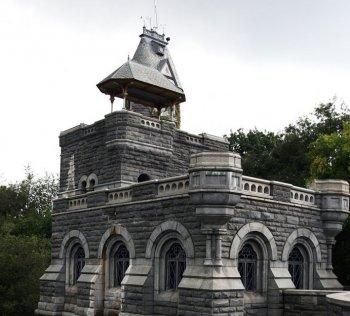Henry Street Settlement
263, 265 and 267 Henry Street
Year built: C. 1830’s
NEW YORK—In the 1890s, Lillian Wald, a young nurse in her twenties, moved to the Lower East Side to offer health care to the burgeoning population of what had become the country’s poorest and most overcrowded slum.
Seeing the dreadful conditions of the largely immigrant population, Wald founded the Henry Street Settlement in 1893 to care for the poor. In 1895 banker Jacob Schiff gave Ward a house at 265 Henry St., where she lived and housed many nurses that offered free or sliding scale services. The building became the headquarters for the settlement, the two buildings on either side, at 267 and 263, were later added in 1908 and 1934.
The Henry Street Settlement was an innovator of social reform and the progenitor of many “firsts” in services and programs for the young and elderly, mental health patients, and even a credit union to stave off voracious loan sharks. It now has a staff of 450 full-time and 400 seasonal employees and services are offered from 17 different sites in the Lower East Side. Services include homeless shelters, youth and senior programs, arts instruction and performance, healthcare, and job training.
The three Federal style row houses are a few survivors of what was once a fashionable neighborhood populated by wealthy merchants and captains of ships docked at the nearby South Street Seaport. The elegant homes faced in brick have the spare decoration of the Federal style and serve as a timeline and history of the area. As immigrants populated the Lower East Side, wealthier New Yorkers moved uptown and row houses were replaced by tenement buildings and then by housing projects in the years to come.
The three Federal style row houses are a few survivors of what was once a fashionable neighborhood populated by wealthy merchants and captains of ships docked at the nearby South Street Seaport. The elegant homes faced in brick have the spare decoration of the Federal style and serve as a timeline and history of the area. As immigrants populated the Lower East Side, wealthier New Yorkers moved uptown and row houses were replaced by tenement buildings and then by housing projects in the years to come.
All three buildings underwent significant renovations early in their existence. Both 263 and 265 were built in 1827, originally two-story structures; third floors were added to both, and updates to the window lintels and doorways were also made. The building at 267, constructed in 1834, was also renovated in the early 1900s. All three buildings are now connected internally, serving as the administrative offices for the Henry Street Settlement. The dining room of 265 has been restored to its original state, and was once the gathering place for many meetings that gave birth to social programs now in existence across the country, including a meeting held by Wald that led to the forming of the NAACP.
All three buildings were designated city landmarks in the mid-1960s, and in 1976 they were declared National Historic Landmarks.
In April of this year the Municipal Art Society of New York announced a program that will explore ways of greening the city’s older buildings while preserving their architectural heritage. The program’s initial project will use the Henry Street Settlement to explore measures to lower energy costs, and later phases will explore ways to make more substantial cuts in energy usage and the use of renewable energy sources.
In April of this year the Municipal Art Society of New York announced a program that will explore ways of greening the city’s older buildings while preserving their architectural heritage. The program’s initial project will use the Henry Street Settlement to explore measures to lower energy costs, and later phases will explore ways to make more substantial cuts in energy usage and the use of renewable energy sources.









